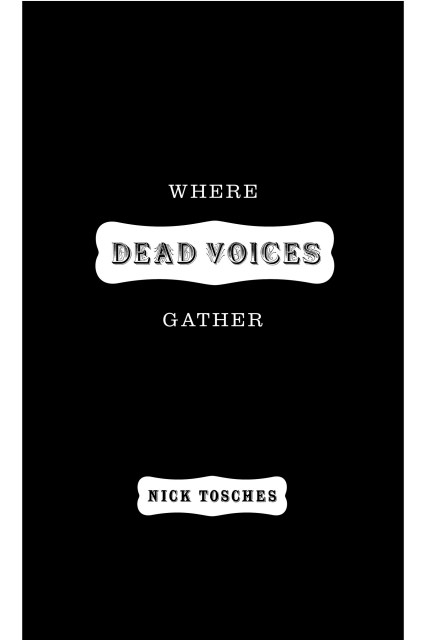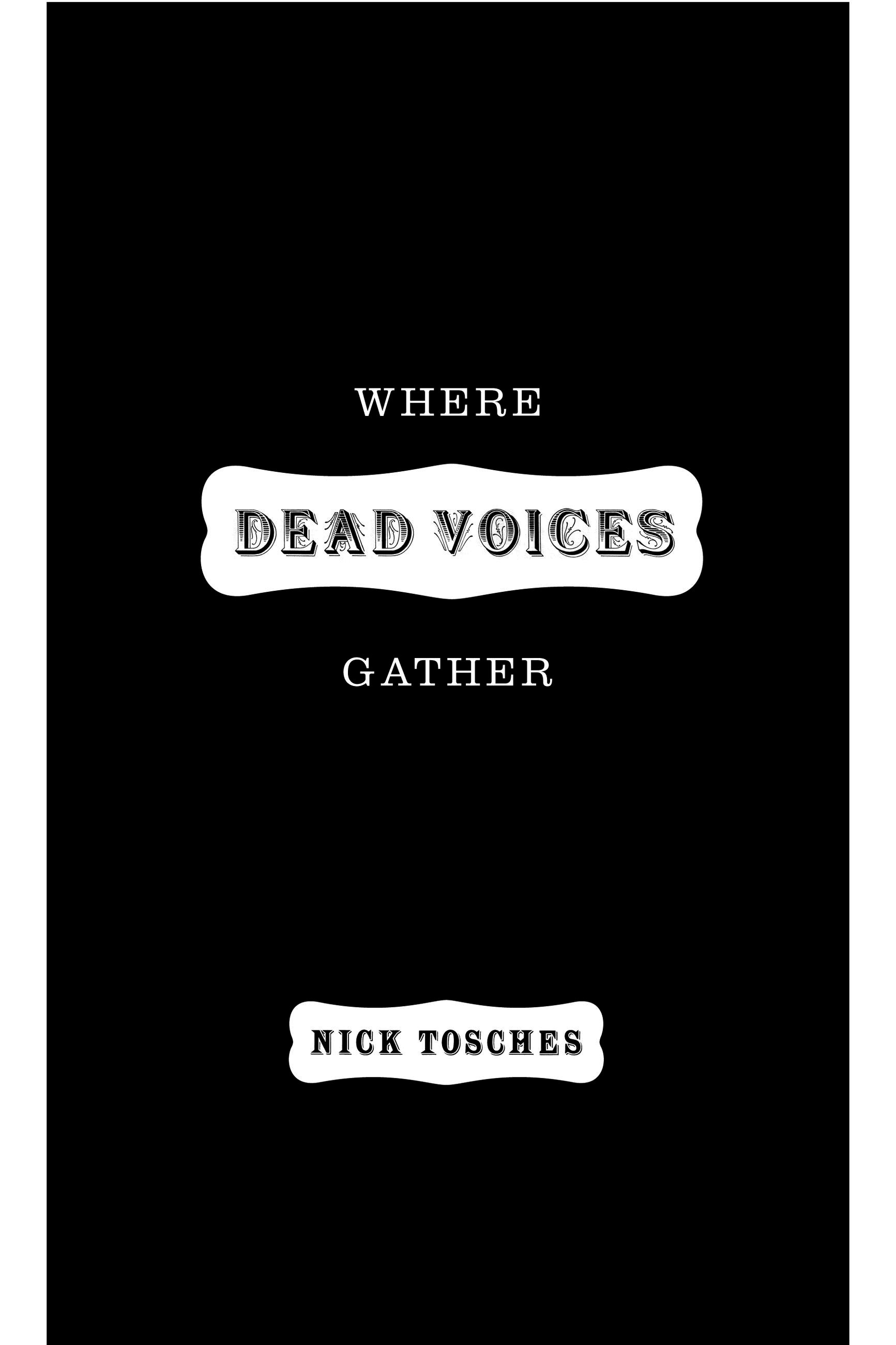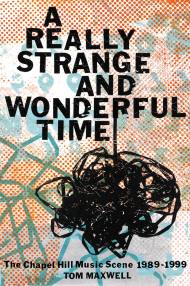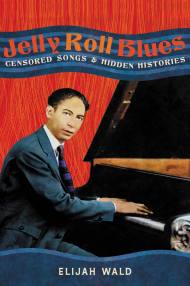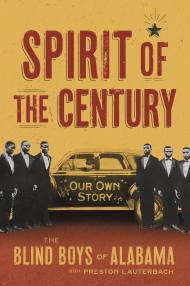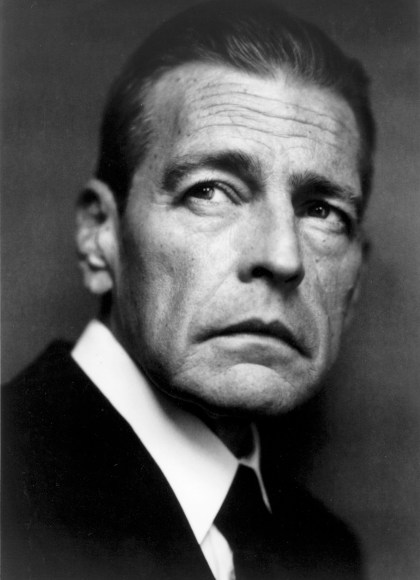Promotion
Free shipping on orders $45+ Shop Now.
Where Dead Voices Gather
Contributors
By Nick Tosches
Formats and Prices
Price
$38.00Price
$48.00 CADFormat
Format:
- Hardcover $38.00 $48.00 CAD
- ebook $10.99 $13.99 CAD
- Trade Paperback $21.99 $28.99 CAD
This item is a preorder. Your payment method will be charged immediately, and the product is expected to ship on or around August 21, 2001. This date is subject to change due to shipping delays beyond our control.
Also available from:
A forgotten singer from the early days of jazz is at the center of this riveting book — a narrative that is part mystery, part biography, part meditation on the meaning and power of music.
Genre:
- On Sale
- Aug 21, 2001
- Page Count
- 336 pages
- Publisher
- Little, Brown and Company
- ISBN-13
- 9780316895071
Newsletter Signup
By clicking ‘Sign Up,’ I acknowledge that I have read and agree to Hachette Book Group’s Privacy Policy and Terms of Use
